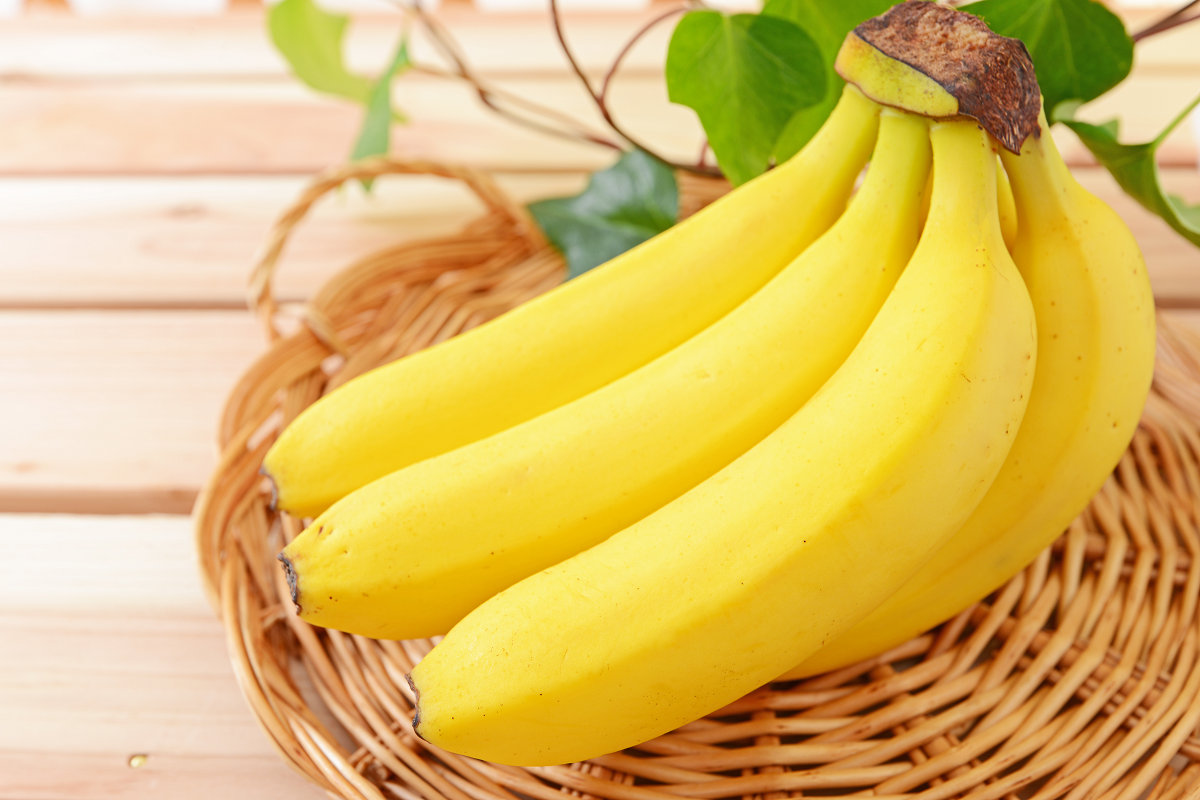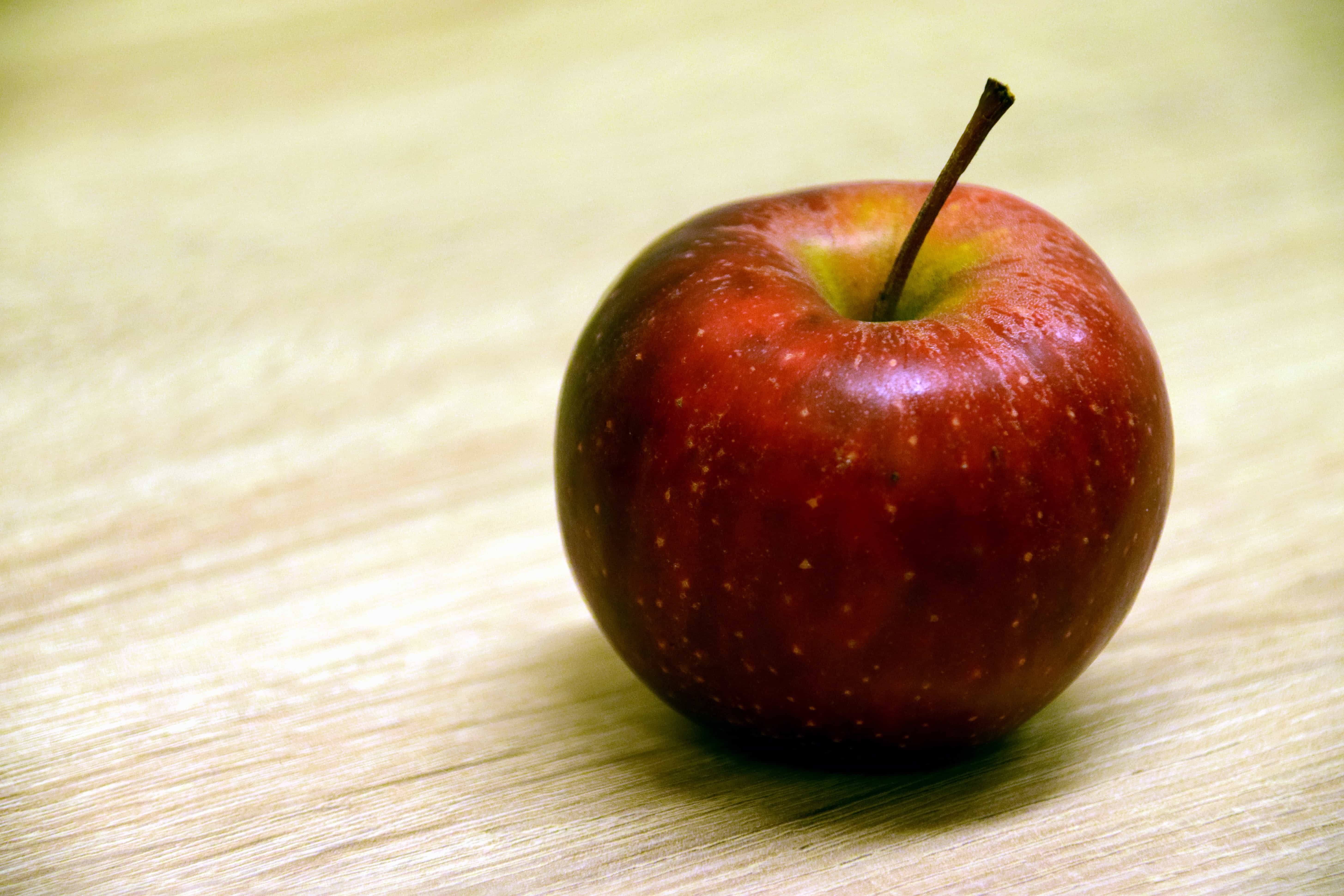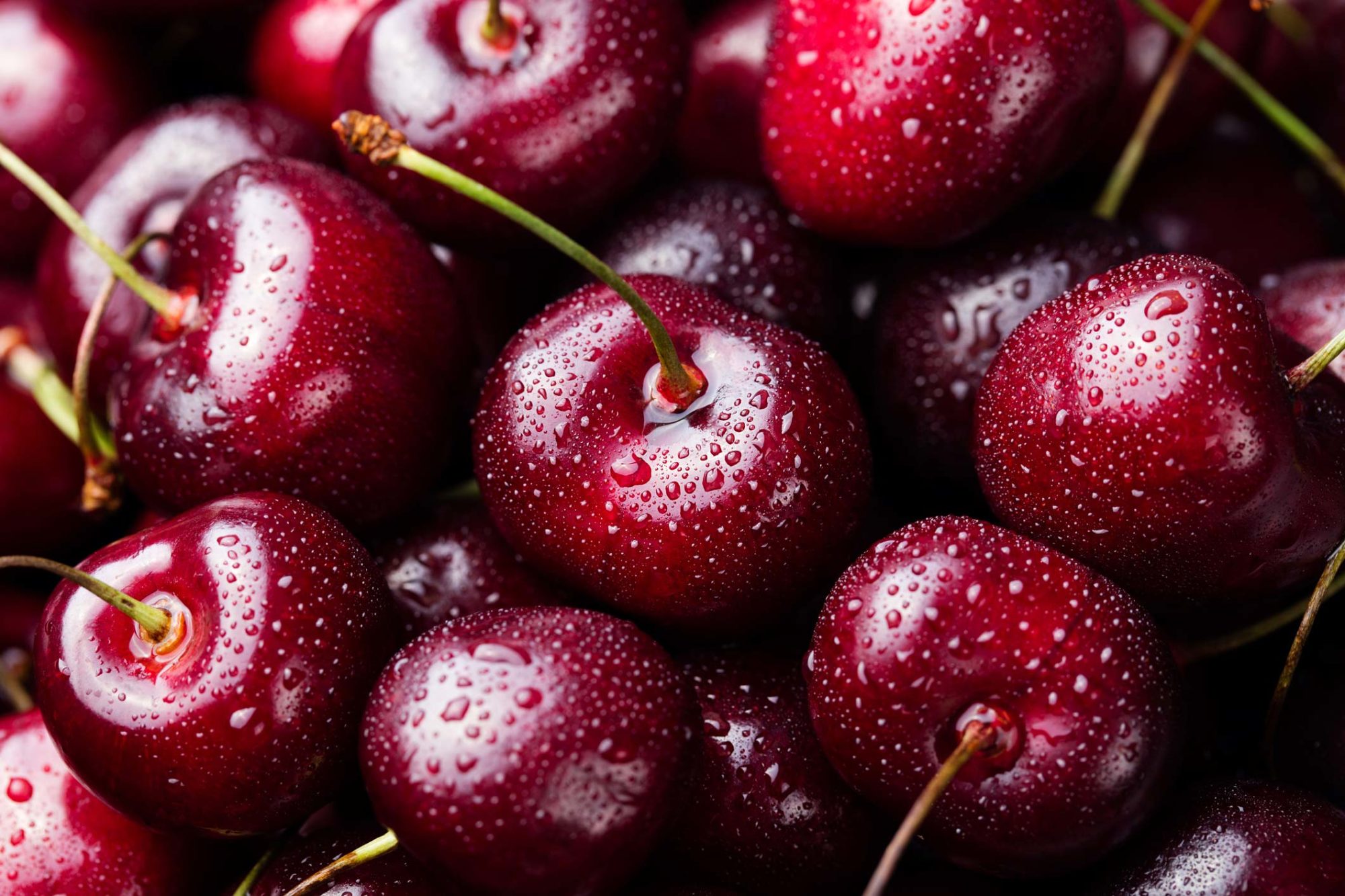Pineapple $
The Sweet and Tangy Pineapple: Uses, Facts, Nutritional Benefits, and Tips
Introduction
Pineapples are tropical fruits prized for their sweet and tangy flavor, juicy flesh, and versatility in culinary applications. They are not only delicious but also packed with essential nutrients that offer numerous health benefits. In this blog post, we will explore the different uses of pineapples, fascinating facts about them, their nutritional benefits, and some helpful tips for incorporating them into your diet. Finally, we will discuss the average price of pineapples.
Uses of Pineapples
Pineapples can be enjoyed in various ways, making them a versatile fruit in the kitchen. Here are some common uses:
- Fresh: Pineapples are delicious eaten fresh as a snack or added to fruit salads for a tropical twist.
- Smoothies: Adding pineapples to smoothies provides natural sweetness, acidity, and a boost of vitamins.
- Desserts: Pineapples are popular in desserts such as pineapple upside-down cake, pineapple tarts, and pineapple sorbet.
- Salsas: Pineapple salsa is a refreshing condiment that pairs well with grilled fish, chicken, or as a topping for tacos.
- Grilling: Grilled pineapple slices or chunks can be served as a side dish, appetizer, or dessert with a caramelized flavor.
- Cooking: Pineapples can be added to savory dishes like stir-fries, curries, and glazed meats for a hint of sweetness.
- Juices and Beverages: Pineapple juice, cocktails, and mocktails are enjoyed for their tropical flavor and refreshing taste.
- Preserves: Pineapples can be canned, dried, or made into jams and preserves to extend their shelf life and enjoy year-round.
- Decorations: Whole pineapples or pineapple slices are used as decorative elements for fruit platters, drinks, and desserts.
Interesting Facts About Pineapples
- Pineapples are scientifically known as Ananas comosus and belong to the Bromeliaceae family.
- Pineapples are native to South America and were first cultivated by the indigenous people of Brazil and Paraguay.
- Costa Rica is the largest producer of pineapples, followed by the Philippines, Thailand, and India.
- Pineapples grow on a tropical plant with sword-like leaves and a single fruit emerging from the center.
- Pineapples contain bromelain, an enzyme that aids digestion and has anti-inflammatory properties.
- The outer skin and crown of the pineapple can be used to grow a new pineapple plant, making it a sustainable fruit.
- Pineapples come in different varieties, such as Cayenne, Queen, and Red Spanish, each with unique flavors and sizes.
- Pineapple festivals are celebrated in various countries to showcase different varieties, culinary uses, and cultural significance.
Nutritional Elements of Pineapples
Pineapples are not only delicious but also packed with essential nutrients. Here are some key nutrients found in pineapples:
- Vitamin C: Pineapples are a rich source of vitamin C, an antioxidant that supports immune function and collagen production.
- Bromelain: Pineapples contain bromelain, an enzyme that aids digestion, reduces inflammation, and may support immune health.
- Fiber: Pineapples provide dietary fiber, which promotes digestive health, supports satiety, and helps regulate blood sugar levels.
- Manganese: Pineapples are a good source of manganese, essential for bone health, metabolism, and antioxidant defense.
- Antioxidants: Pineapples contain various antioxidants, including beta-carotene and flavonoids, which help protect cells from oxidative stress.
- Potassium: Pineapples are rich in potassium, an electrolyte that helps regulate fluid balance, muscle function, and heart health.
- Vitamin B6: Pineapples provide vitamin B6, which is important for brain function, metabolism, and immune system support.
- Water Content: Pineapples have high water content, contributing to hydration and overall fluid intake.
- Low in Calories: Pineapples are relatively low in calories, making them a nutritious choice for satisfying cravings without excess calories.
Helpful Tips for Using Pineapples
- Choose pineapples that are heavy for their size, with firm skin and fresh green leaves for the best flavor and ripeness.
- To ripen a pineapple, store it at room temperature upside down to allow the sugars to evenly distribute through the fruit.
- Peel pineapples using a sharp knife and cut out the eyes in a spiral pattern or use a pineapple corer for easier preparation.
- Cut pineapple into slices, chunks, or rings for snacking, grilling, baking, or blending into smoothies.
- Add pineapple to tropical fruit salads, yogurt parfaits, or oatmeal for a burst of sweetness and texture.
- Grill pineapple slices and serve them as a side dish with grilled meats or seafood for a flavorful and tropical twist.
- Use pineapple juice in marinades, sauces, or glazes to tenderize meats and add a tangy flavor to dishes.
- Blend pineapple chunks into refreshing smoothies, sorbets, or cocktails for a tropical drink.
- Experiment with different pineapple varieties and discover their unique flavors and uses in various cuisines.
Average Price of Pineapples
The price of pineapples can vary depending on the season, variety, and location. On average, fresh pineapples typically cost between $2.50 and $5.00 each in the United States.
Cost: 2.00 and 5.00








0